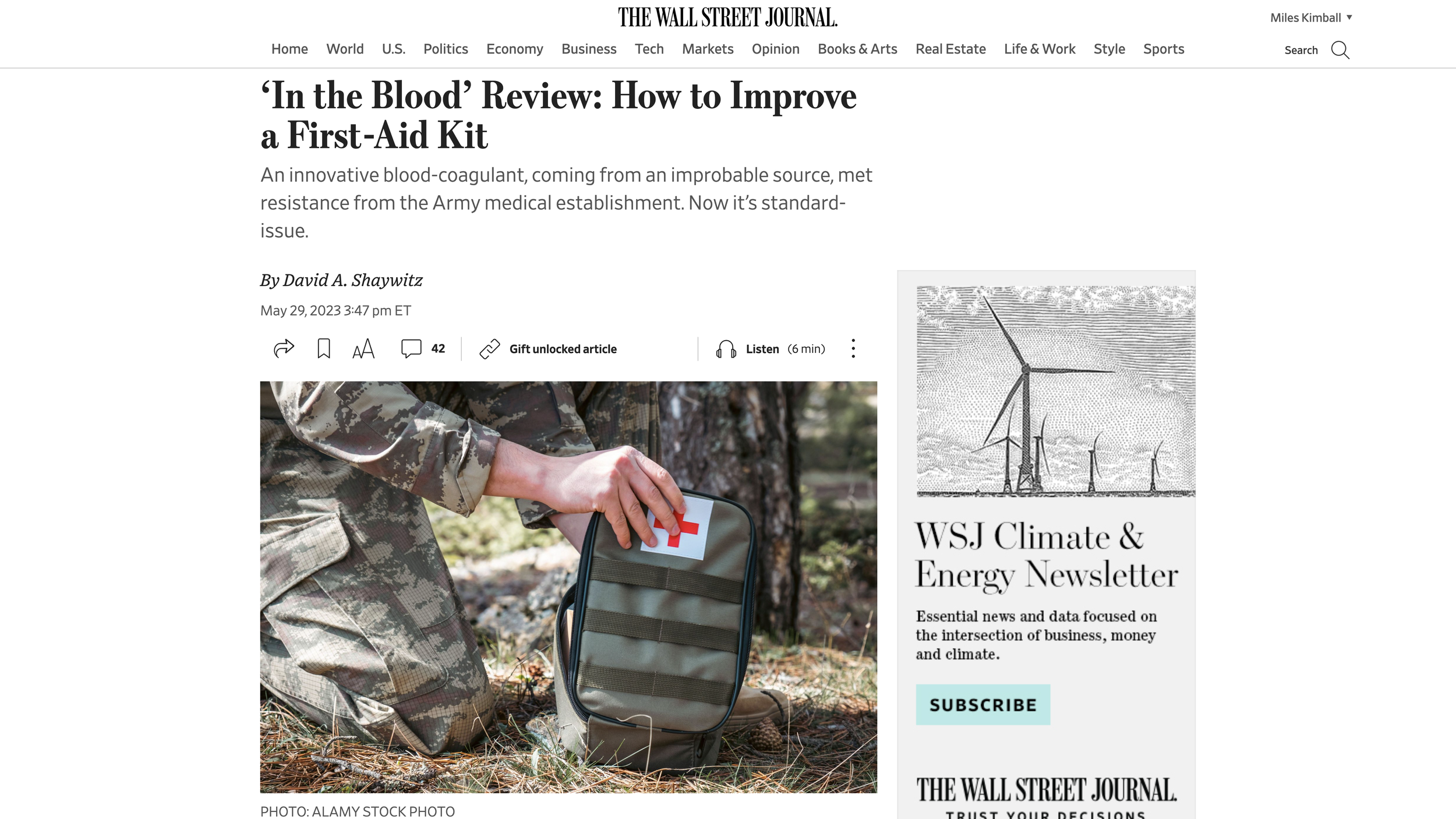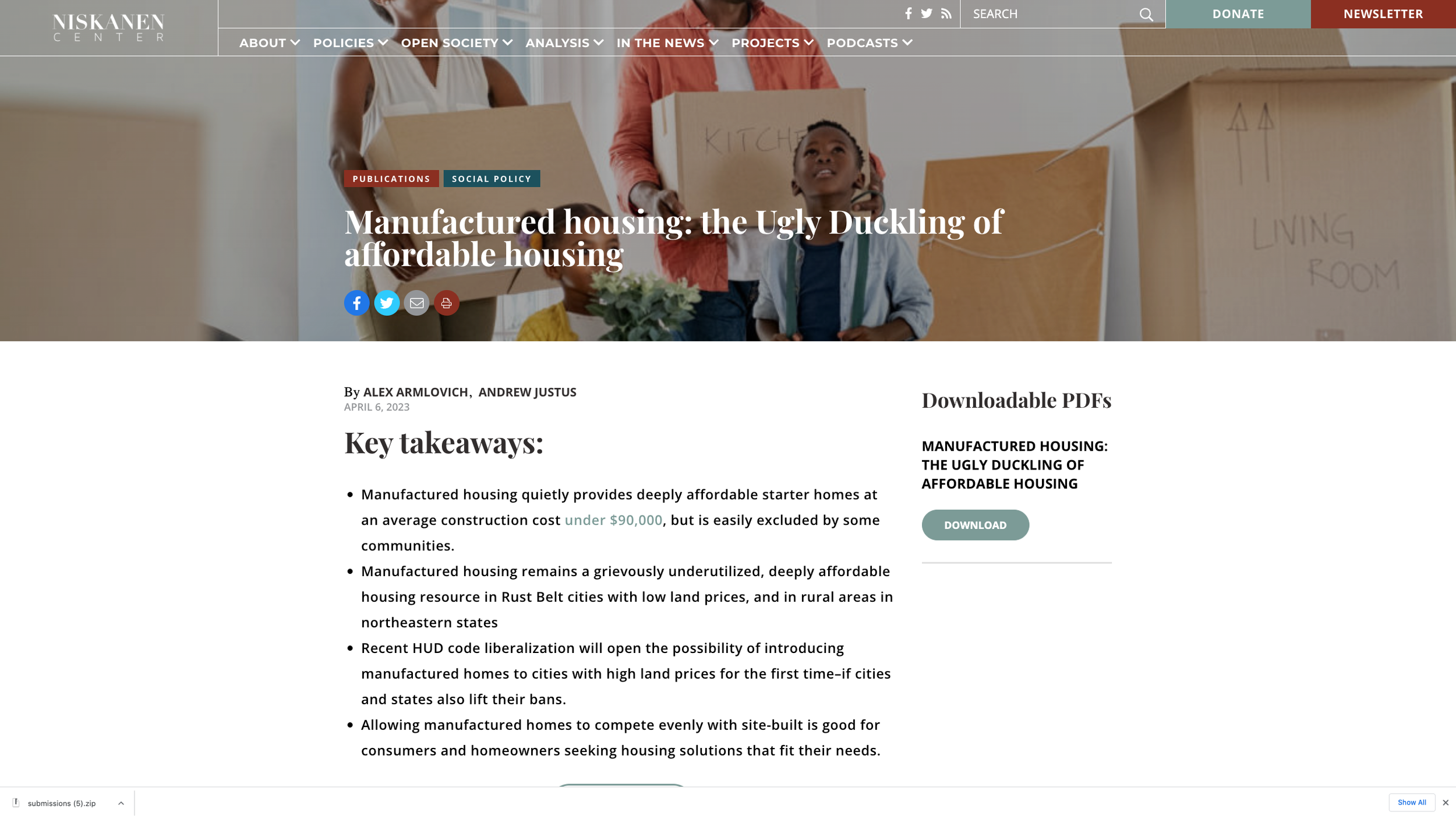I liked David Shaywitz’s review of Charles Barber’s In the Blood for several reasons. First, there is some interesting physical chemistry. The reviewer David writes:
… zeolite … is composed of tiny caverns “in a series of endlessly repeating honeycomb patterns” that capture small molecules. Zeolite can help to separate nitrogen from oxygen since oxygen molecules pass through it more easily.
Second, this distillation of the book has an innovation story:
In 1983, as Mr. Hursey was thinking about those caverns, he found himself wondering if ground-up zeolite could treat an open wound by absorbing the liquid component of blood while leaving in place the components for clotting.
This idea worked!
Third, there is a story of misguided or corrupt resistance to this innovation, even after it had proven itself:
They ground up some zeolite, vacuum-sealed it with a food-storage device they picked up at Target, and sent it off to the competition. The product—which they called “QuikClot”—would outperform all comers, including the shrimp-based product that Dr. Holcomb and the Army had been developing.
Even with these results in hand, Messrs. Hursey and Gullong struggled for traction in the insular world of military contracting. …
Following a 1999 report conveying the successful use of a high-tech hemophilia drug to control bleeding in a wounded soldier, Dr. Holcomb and the Army pivoted to this approach. But it was pricey. Worse still, Factor Seven (as the drug was called) promoted coagulation systematically, potentially causing blood clots in unwanted places. An ethically dubious influence campaign by the manufacturer probably contributed to the product’s rapid adoption as well. In the end, concerns raised by Factor Seven clinical trials—along with a whistleblower lawsuit that culminated in a settlement with the Justice Department—damped interest, enabling QuikClot, at last, to win the day.
Finally, David draws an interesting set of conclusions:
The QuikClot story, so compellingly recounted by Mr. Barber, offers critical lessons about medical innovation: the importance of recognizing insights from nontraditional sources; the value of tinkering; the dismaying lengths to which incumbents often go to defend their turf; the fact that certitude, vital in some circumstances, can be detrimental in others. (A similar pattern can be seen in the determination of longitude in the 18th century, when a clockmaker figured it out ahead of resistant professional astronomers.)
Beyond that, David emphasizes the importance of persistence.
For me this all has resonance because stories of resistance to ideas that don’t come from the establishment are rife. Two examples I think of are the resistance to the Helicobacter pylori explanation for peptic ulcers and there is currently a lot of resistance to the idea that sugar in all its forms is much more unhealthy than dietary fat. I know of many other examples and am constantly on the lookout for more.

